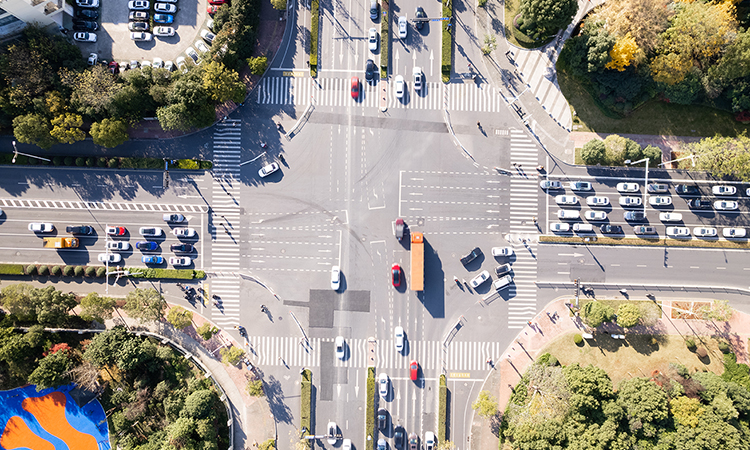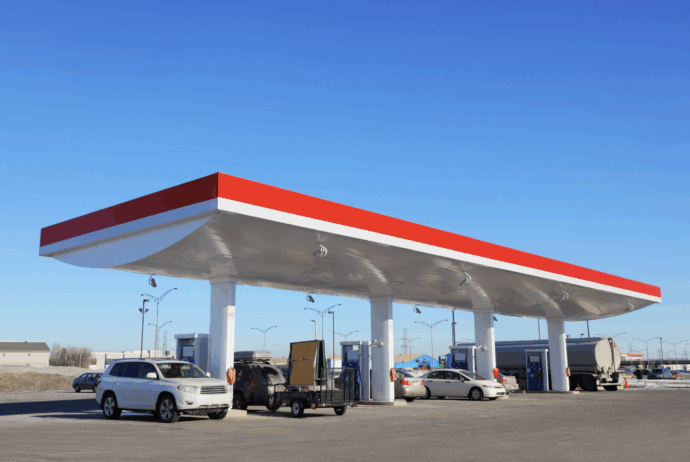Altitude by Geotab strongly believes in protecting our customers’ data and we follow a number of stringent protocols to keep data safer. Every employee is trained on our strict data policies, starting with their initial onboarding process, and all are required to participate in ongoing security training throughout their tenure at Geotab. We also follow all regional privacy laws when it comes to handling customer data and our partners must also take security training to maintain security compliance.
This is all made possible by tight integration with Geotab’s legal, privacy and compliance teams. All major decisions are governed by an Enterprise Data & AI Risk Committee that meets quarterly. For new innovations relying on the capabilities of AI, we conduct ethics assessments and we have a “privacy by design” culture woven into the fabric of our development process. This means that effective security and data privacy are integral to every part of our business operations. Our privacy and security processes are always involved, no matter what, whether it’s during product ideation, design or our eventual go-to-market strategy. We regularly perform penetration tests, risk evaluations and Privacy Impact Assessments (PIAs) across our products and systems, additionally working with third-party organizations to gain independent security validation.
Through careful de-identification of underlying data as well as aggregating output data across multiple customers, the team has built a ‘safe’ layer that allows data innovation and valuable insights while reducing unintended consequences (e.g. uncovering insights about business operations of public or private locations).
To overcome any potential challenges with linkable data, Geotab has built sophisticated algorithms and machine learning models to automate the exclusion of pseudo-identifiable elements such as activities that occur in residential areas for extended periods of time. This helps protect the privacy of commercial drivers while maintaining the quality and accuracy of the data insights. Furthermore, all driver IDs are suppressed and VINs are tokenized. Also, access to the safe layer is limited to the smallest possible group of data scientists.





